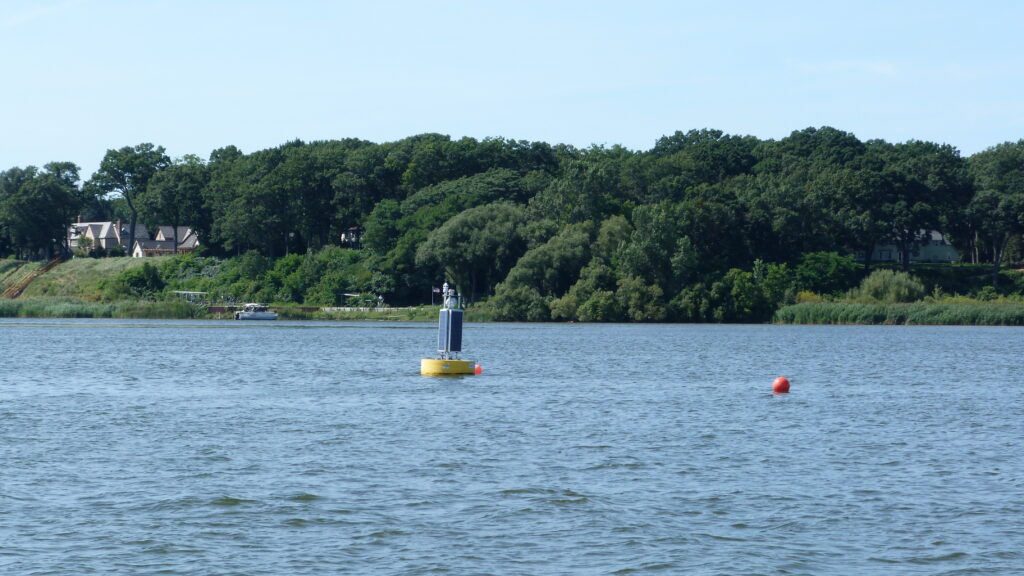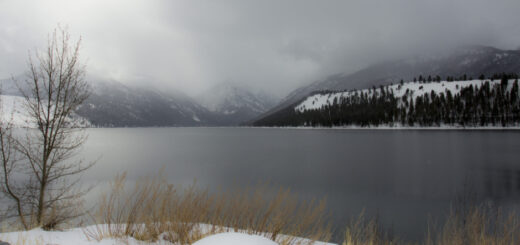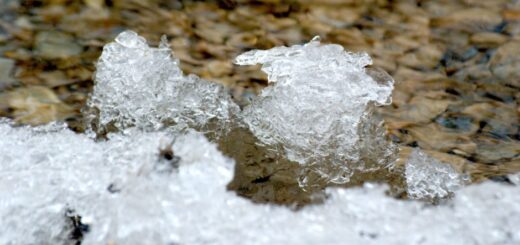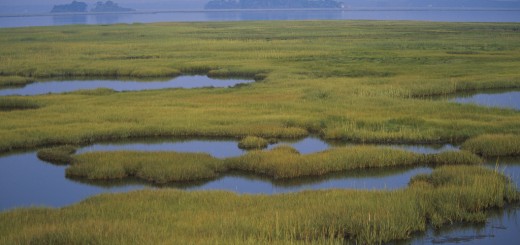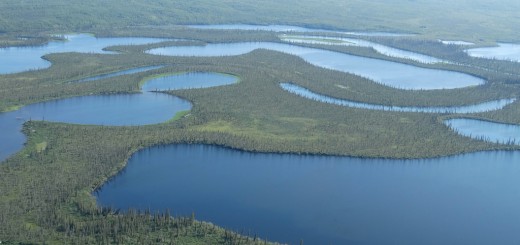Research Brief: Drivers of Hypoxia and Algal Blooms in Muskegon Lake
0Hypoxia and anoxia are driven by a variety of anthropogenic and natural influences—however, climate change and increased eutrophication have led to more frequent and severe bouts of hypoxia in recent years. Hypoxia in the hypolimnion, in particular, has had devastating impacts on local biodiversity and ecosystem services in water bodies like Muskegon Lake.
Additionally, hypoxia and anoxia are known to lead to the release of sediment-bound phosphorous, which sparks harmful algal blooms as seasonal turnover or storm events bring these nutrients to the surface.
A 2023 study published in the Journal of Great Lakes Research evaluated Muskegon Lake hypoxia to assess dissolved oxygen dynamics throughout the growing season.1 There were three primary objectives of the study:
- Quantify the spatial and temporal scale hypoxia in bottom waters during 2021 and correlate them with shifts in weather events and other environmental changes, such as changes in stratification strength.
- “Describe the effects of temporal inputs of organic matter on the drawdown of oxygen in the hypolimnion.”1
- Assess phosphorous loading resulting from the release of legacy phosphorus from the sediment and the resulting phytoplankton growth at the surface.
The study hypothesized that the sediment would experience occasional, short-term exposure to hypoxia/anoxia followed by oxic conditions due to wind mixing events. This cycle was anticipated to repeat throughout the growing season when Muskegon Lake is typically stratified.
Methods
Three primary monitoring strategies were used to assess hypoxia dynamics in Muskegon Lake: high-frequency time-series data from the Muskegon Lake Observatory buoy, biweekly nutrient sampling, and seasonal respiration experiments during 2021.
The NexSens data buoy is operated and maintained by the Biddanda Lab at the Annis Water Resources Institute – Grand Valley State University. Deployed in a central location of the lake stationed at approximately 11 m water depth, the buoy has been in operation since 2011.
A LUFFT WS600 multi-parameter weather station that collects air temperature, relative humidity, precipitation, air pressure, wind direction, and speed is deployed on the buoy’s solar tower.
>Under the water, the buoy is equipped with YSI sondes, PME miniDOTs, and a NexSens T-Node string. The sondes are deployed at depths of 2, 5, 8, and 11 m; miniDOTS at 0.5 m increments from 7 m to 10.5 m; and the NexSens nodes are placed at 2, 4, 6, 8, 10, and 11 m.
Water quality parameters are collected every 15 minutes, and climate data is recorded every 5 minutes, 24 hours a day.
Bi-weekly water samples were collected at the buoy site, the navigation channel feeding into Lake Michigan, and the Muskegon River outflow. Sampling occurred between May 12th and November 4th. The seasonal respiration experiments were conducted at the same time.
Results
Results indicated that stratification “set the stage for hypolimnetic hypoxia,” and frequent wind-mixing events and episodic intrusions from upwelled Lake Michigan waters reduced the intensity of the hypoxic zone.
Bi-weekly sampling indicated increased soluble reactive phosphorus in the hypolimnion during anoxia, which resulted from the release of legacy phosphorus from the sediment. This phosphorous has the potential to trigger surface blooms in both Muskegon Lake and Lake Michigan.
The respiration experiments revealed that riverine and surface organic matter inputs contributed most to bottom-water hypoxia during the spring.1 In the summer, surface inputs had the most influence, and riverine had the most inputs during the fall. Ultimately, the varying input levels demonstrate the seasonally variable sources drive hypoxia.
The trends noted here can be used to manage and better under Muskegon Lake and similar ecosystems in the Great Lakes Basin.
Source
- Dugener, Nathan M. et al. (2023). Out of oxygen: Stratification and loading drove hypoxia during a warm, wet, and productive year in a Great Lakes estuary. 49(5). https://doi.org/10.1016/j.jglr.2023.06.007




